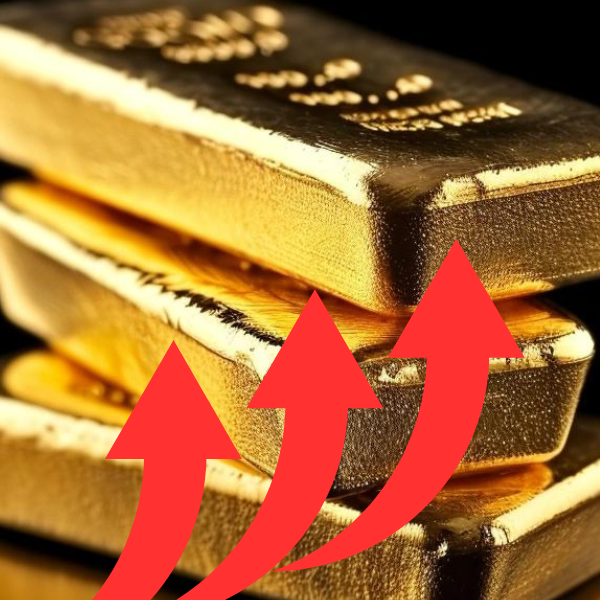What is Paper Gold?
By its very title, paper gold is best defined by what it is not; that is, paper gold is not physical gold, and by extension, is ultimately not gold at all.
Paper gold comes in many forms, such as a contract for eventual gold delivery in the futures market, or a call or put option on the price of gold in the speculative derivatives market. Furthermore, paper gold can include a receipt or share by a gold ETF evidencing your ownership right to a specific amount of gold. Paper gold can also include a letter from a major commercial bank evidencing your alleged ownership, and the bank’s storage of, a specific amount of physical gold.
Unfortunately, none of these forms of paper gold gives you any true ownership of gold, and are in fact riddled with extreme yet often hidden risks.
Gold owned in a future’s contract in the OTC market, for example, can include 100 to 200 contracts for the same ounce of gold, which means more contracts are “demanded” than the actual “supply” of the gold contracted for. When you add massive multiples of leverage to the paper gold traded in the derivatives market, it becomes mathematically clear that such paper gold is a mere trading (profit) scheme rather than actual or stored asset.
Finally, gold held by ETF’s or major banks is a mere façade of actual gold ownership once one fully understands the myriad levels of counterparty, operational and intermediary risks inherent to such gold “ownership.”
For more on the “paper gold” risks in the COMEX market, see here. For more on the risks of owning gold in a gold ETF, see here. For more on the risks of storing physical gold in a bank, see here. For more on derivatives, and hence banking risk in general, see here.



